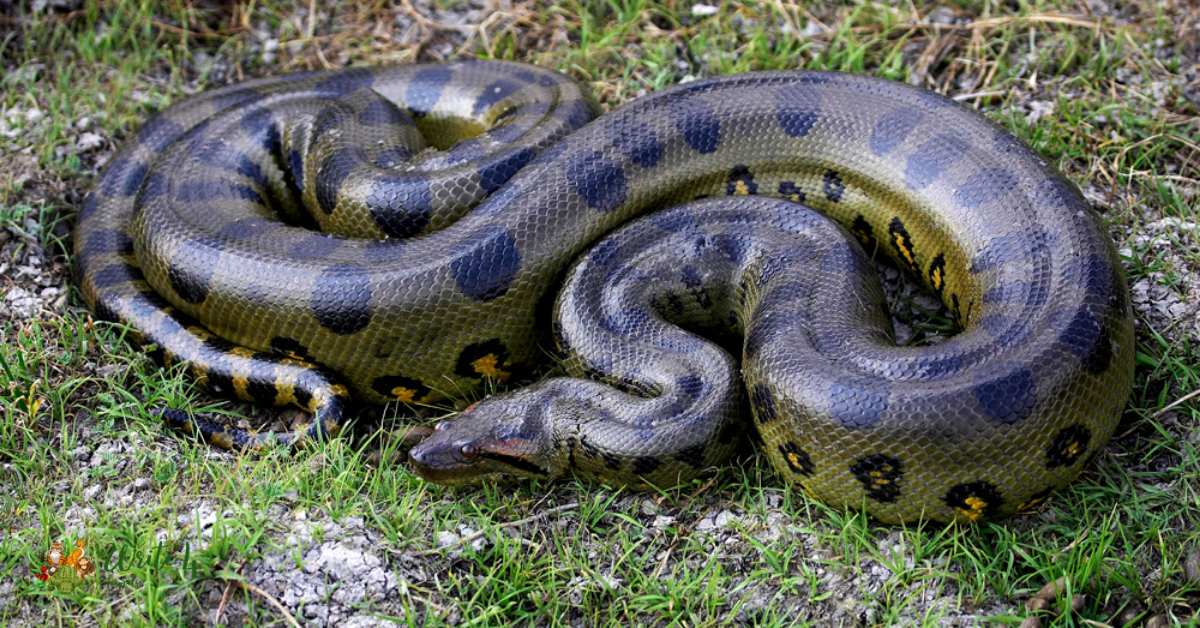Swamps are unique ecosystems that teem with a diverse array of flora and fauna. These wetland habitats, characterized by standing water and waterlogged soil, provide a home to a variety of fascinating creatures.
In this blog post, we’ll delve into the intriguing world of 15 swamp animals from different parts of the globe. From the formidable American Alligator to the elusive Shoebill, each species plays a crucial role in maintaining the delicate balance of swamp ecosystems.
15 Swamp Animals in the World
1. American Alligator
The American Alligator, a formidable apex predator, reigns supreme in the swamp ecosystems of the southeastern United States. These swamp animals are essential for maintaining ecological balance, controlling prey populations and preventing overgrowth of certain species.
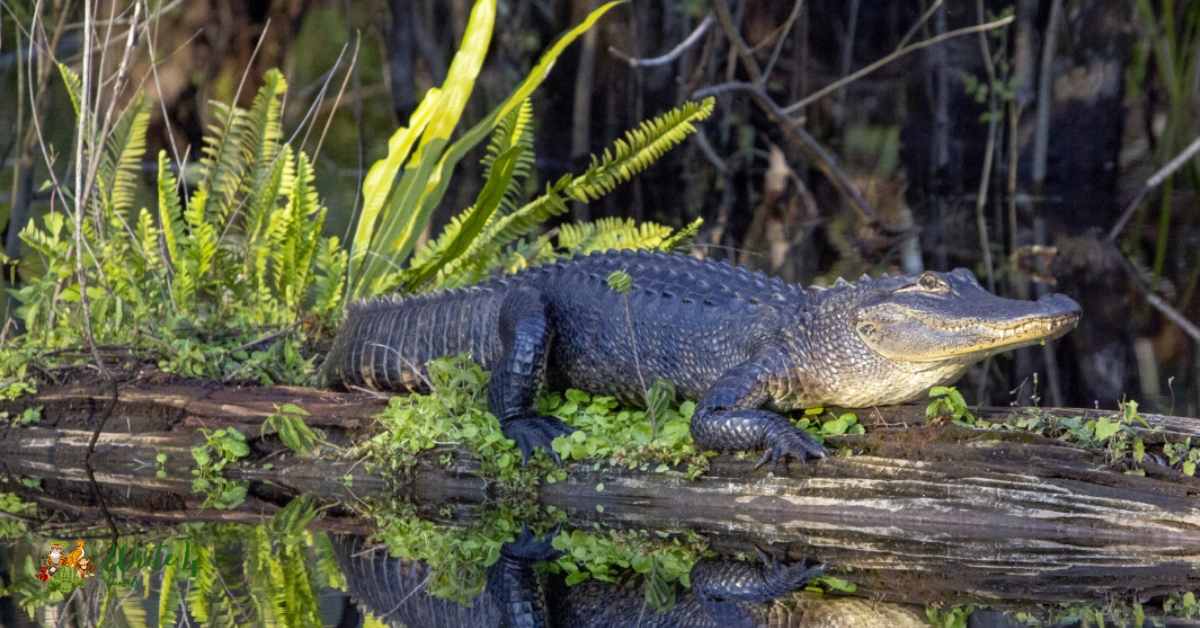
With their iconic armored bodies and toothy grins, American Alligators play a crucial role in shaping swamp habitats. Their presence regulates the abundance of prey, creating a harmonious balance that ripples through the entire wetland ecosystem.
As keystone species, these alligators influence the distribution of other species and contribute to the overall health of swamp environments.
Despite their intimidating appearance, the American Alligator stands as a symbol of the delicate equilibrium in these intricate wetland ecosystems.
2. Black Swan
In the diverse tapestry of animals that live in swamps, the Black Swan gracefully glides through wetland habitats, adding elegance to the scene. Native to Australia, these swans are not exclusive to swamps but frequent various wetland areas.
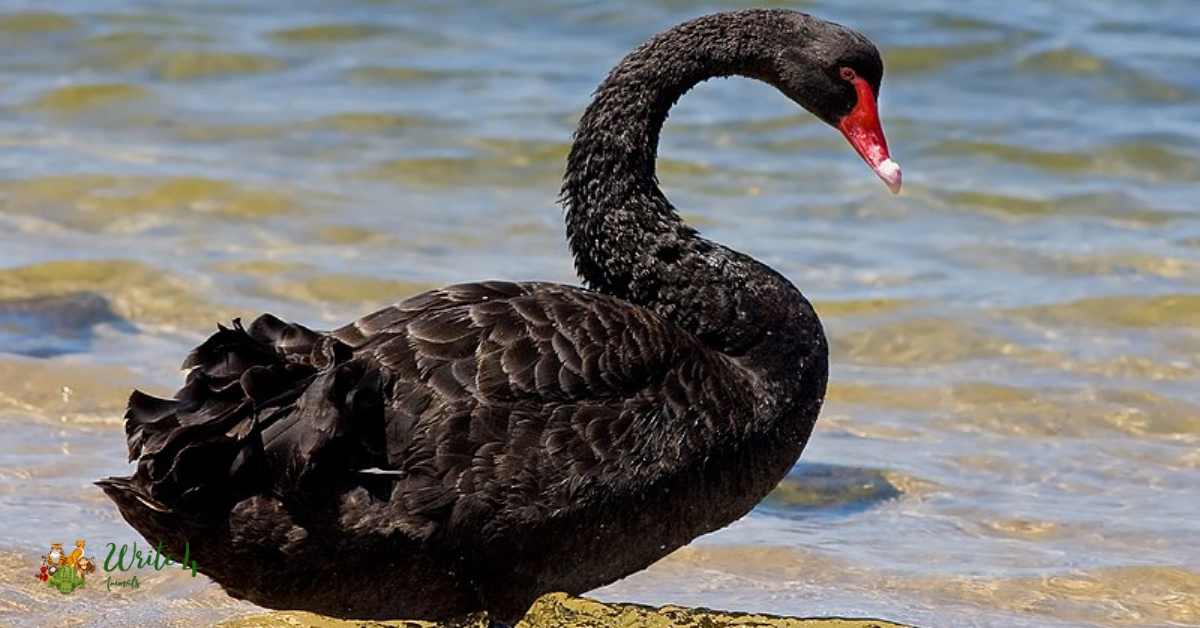
With their striking black plumage, Black Swans contribute to the aesthetic richness of swamp ecosystems. These birds are more than just a visual delight; they play a vital role in controlling insect populations and shaping vegetation through their foraging activities.
In the interconnected world of swamp life animals, Black Swans are harmonious participants, demonstrating that even in the murkiest waters, beauty and ecological significance coexist.
3. Alligator Snapping Turtle
The Alligator Snapping Turtle, a prehistoric-looking marvel, thrives in the swampy waters of the southeastern United States. Among swamp animals, this aquatic reptile stands out with its massive head, strong jaws, and unique hunting strategy.
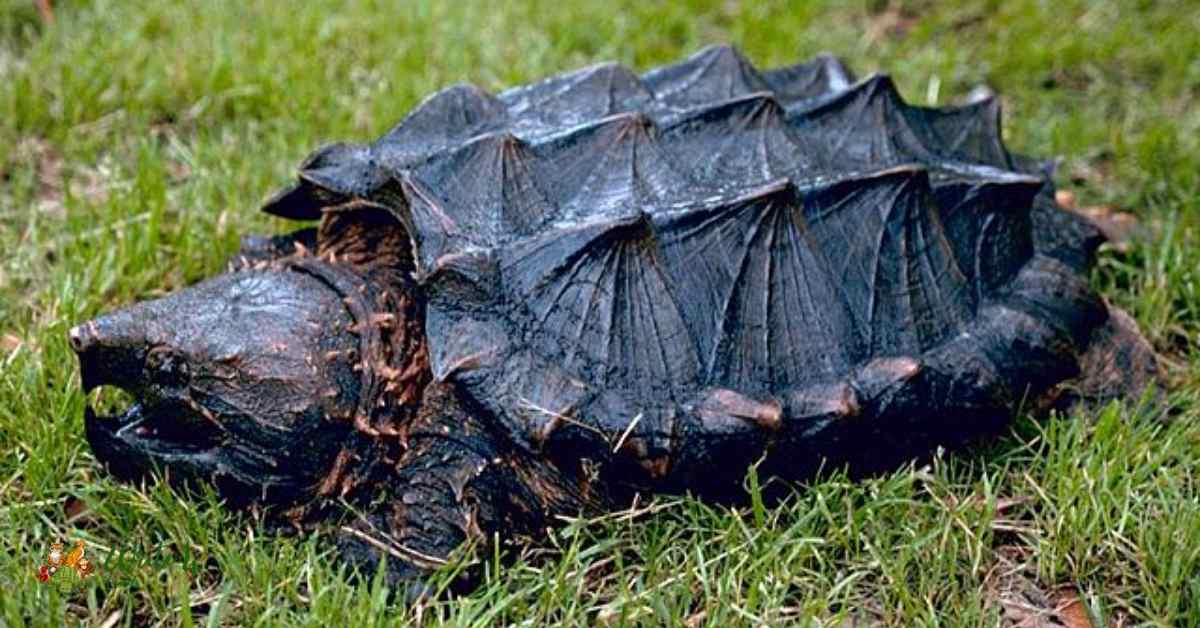
Ambushing prey with remarkable precision, the Alligator Snapping Turtle maintains a critical role in swamp ecosystems by controlling the populations of various aquatic creatures.
As a master of underwater ambushes, these turtles contribute to the intricate dance of predator and prey that defines swamp life.
Beyond their intimidating appearance, Alligator Snapping Turtles symbolize the ancient lineage of swamp animals, showcasing the endurance and adaptability required to thrive in these dynamic wetland habitats.
4. Green Anaconda
Slithering through the murky waters of South American swamps, the Green Anaconda holds the title of one of the largest snakes globally, making it a mesmerizing member of swamp animals.
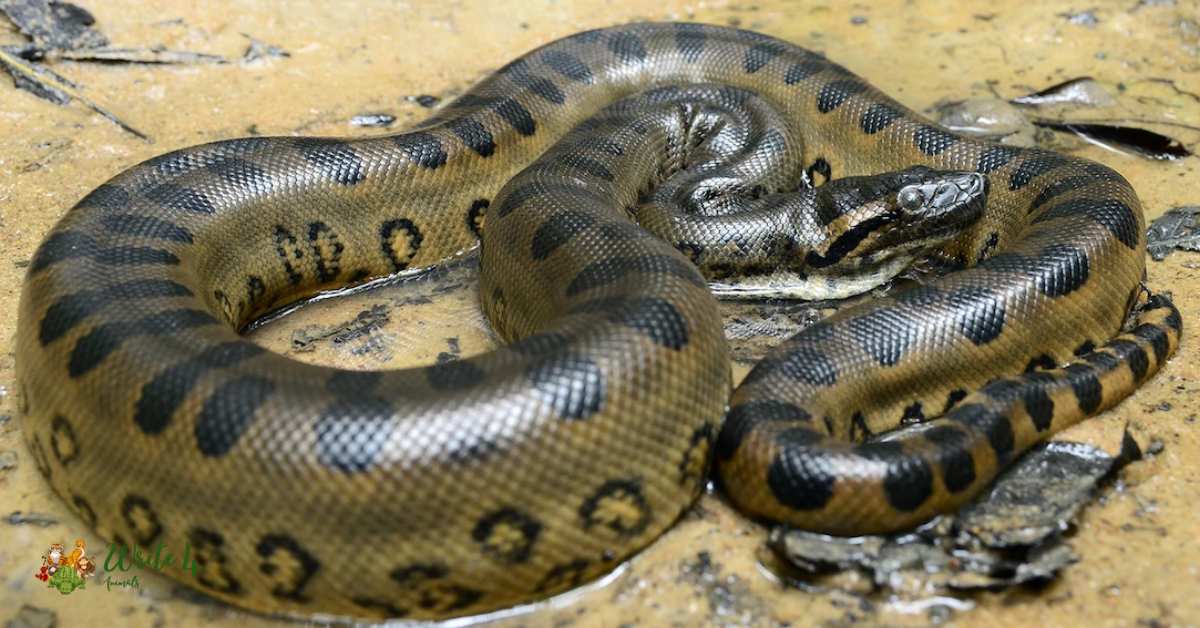
As an apex predator, the anaconda plays a pivotal role in regulating the population of prey species within the swamp ecosystem. Its massive size and powerful constriction abilities make it an efficient hunter, contributing to the delicate balance of swamp life.
While the Green Anaconda may instill fear, it is an essential component of the swamp’s intricate food web, showcasing the adaptability and diversity of life in these challenging environments.
5. Hippopotamus
Widely recognized for its riverine association, the Hippopotamus also thrives in swampy regions, making it a charismatic presence among animals live in swamps in Africa.
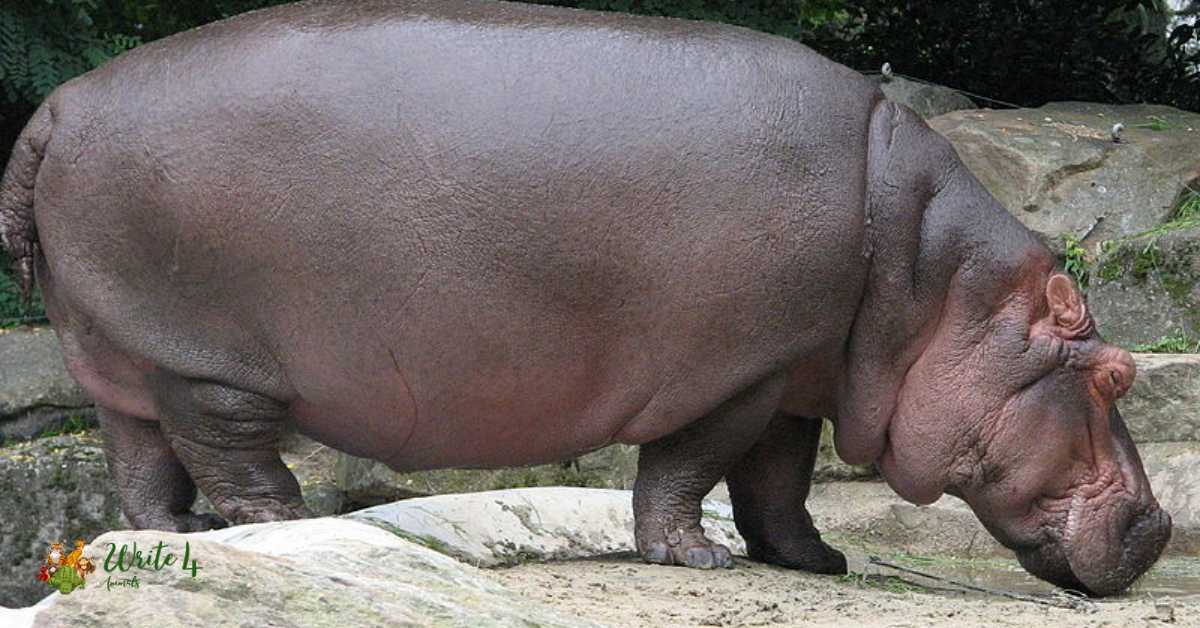
Despite their seemingly docile appearance, hippos are known for their territorial behavior and can be highly aggressive, especially when protecting their watery domains. As herbivores, hippos significantly influence swamp ecosystems by grazing on aquatic plants, shaping the landscape and promoting biodiversity.
These hefty creatures, with their semi-aquatic lifestyle, serve as both architects and guardians of the swamp, showcasing the interconnected relationship between these colossal mammals and their dynamic wetland habitats.
6. Duck-Billed Platypus
In the watery realms of Australian swamps, the Duck-Billed Platypus stands as a testament to nature’s creativity and adaptability. Among swamp animals, this monotreme mammal is a unique marvel, with its duck-like bill, webbed feet, and ability to lay eggs.

The platypus is a semi-aquatic wonder, navigating the swamp’s waterways with ease. While not exclusive to swamps, its presence highlights the diverse habitats these creatures call home.
Duck-Billed Platypuses contribute to the swamp ecosystem by foraging on aquatic invertebrates, playing a role in nutrient cycling and showcasing the extraordinary diversity of life in these wetland environments.
7. Snowy Egret
In the enchanting world of swamp animals, the Snowy Egret emerges as a beacon of grace and beauty. With its pristine white plumage and slender form, this wading bird is a common sight in swamps and marshes across the Americas.
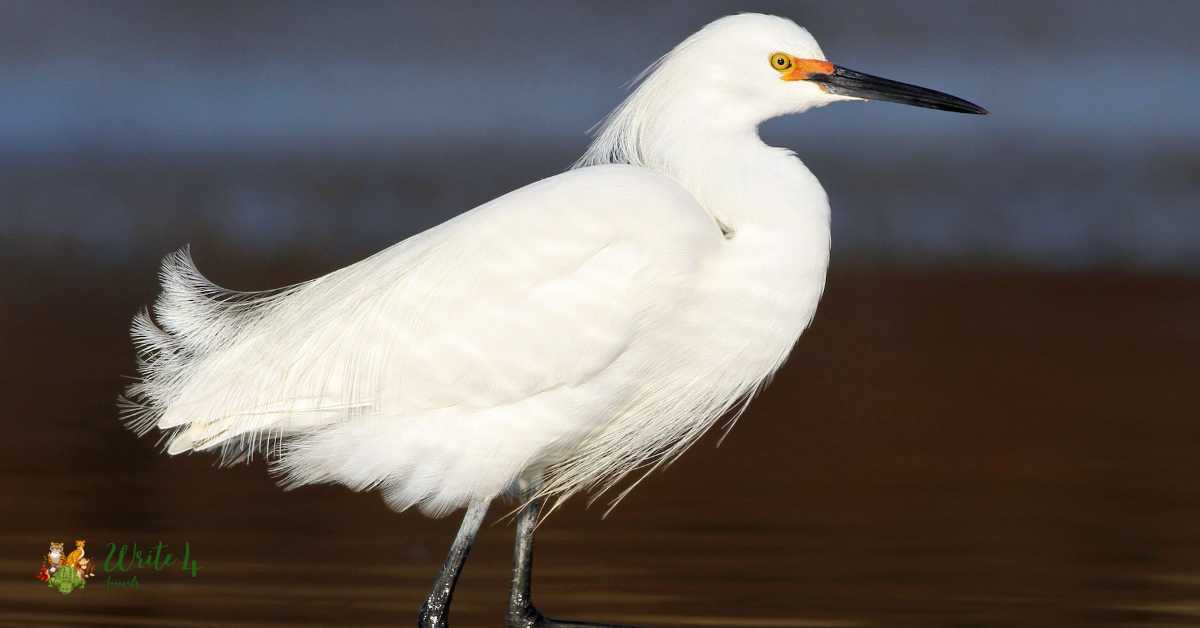
A skilled hunter, the Snowy Egret forages in shallow waters, preying on fish and small aquatic organisms. Beyond their aesthetic contribution to swamp landscapes, these birds play a crucial role in maintaining ecological balance by controlling insect populations and participating in the intricate food web that characterizes wetland ecosystems.
8. Great Blue Heron
The Great Blue Heron, a majestic and statuesque wader, is a prominent figure among swamp animals in North and Central America. With its long legs and neck, this bird is a skilled fisherman, patiently stalking its prey before striking with precision.

As a top predator in swamp ecosystems, the Great Blue Heron helps regulate fish populations, preventing overgrowth and maintaining the delicate balance of these wetland habitats.
Beyond their hunting prowess, these herons contribute to the aesthetic richness of swamps, embodying the elegance and resilience required to thrive in dynamic and ever-changing wetland environments.
9. Fishing Cat
In the swampy landscapes of South and Southeast Asia, the Fishing Cat stealthily prowls, making it a captivating member of swamp animals. As an adept swimmer and hunter, this feline species is well-adapted to its aquatic environment, preying on fish and other aquatic creatures.
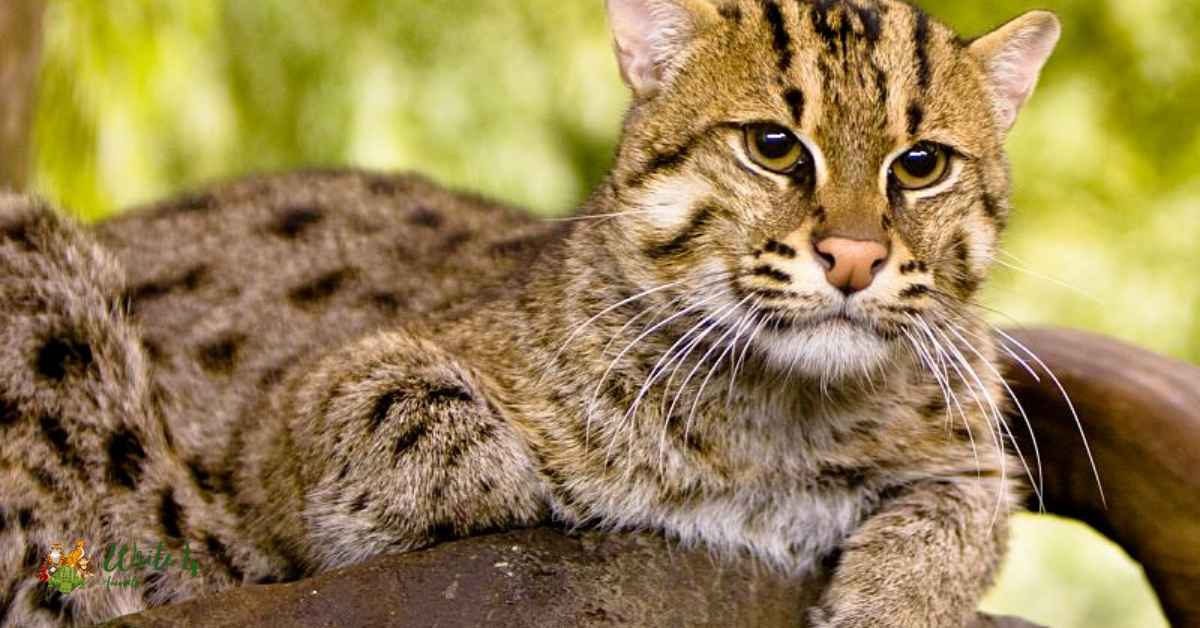
The Fishing Cat’s presence in swamps is crucial for controlling the populations of small aquatic prey, contributing to the overall biodiversity of these wetland ecosystems.
Despite their elusive nature, Fishing Cats symbolize the resilience and adaptability of species that have evolved to thrive in the challenging and ever-changing conditions of swamp habitats.
10. Mosquito
In the intricate tapestry of swamp animals life, the humble mosquito emerges as a tiny but essential player. Often viewed as a nuisance, mosquitoes serve a crucial role as a food source for various animals that live in swamps.

These small insects, with their annoying bites, play a vital role in the interconnected web of life within swamps. They provide sustenance for birds, amphibians, and other insects, forming an integral part of the intricate food web that defines these wetland ecosystems.
While their presence may test the patience of humans, mosquitoes underscore the delicate balance of life in swamps, where even the smallest creatures play a vital role in maintaining ecological harmony.
11. Marsh Rabbit
The Marsh Rabbit, a small and agile mammal, thrives in the swampy regions of the southeastern United States, adding a touch of furry charm to the world of swamp animals.
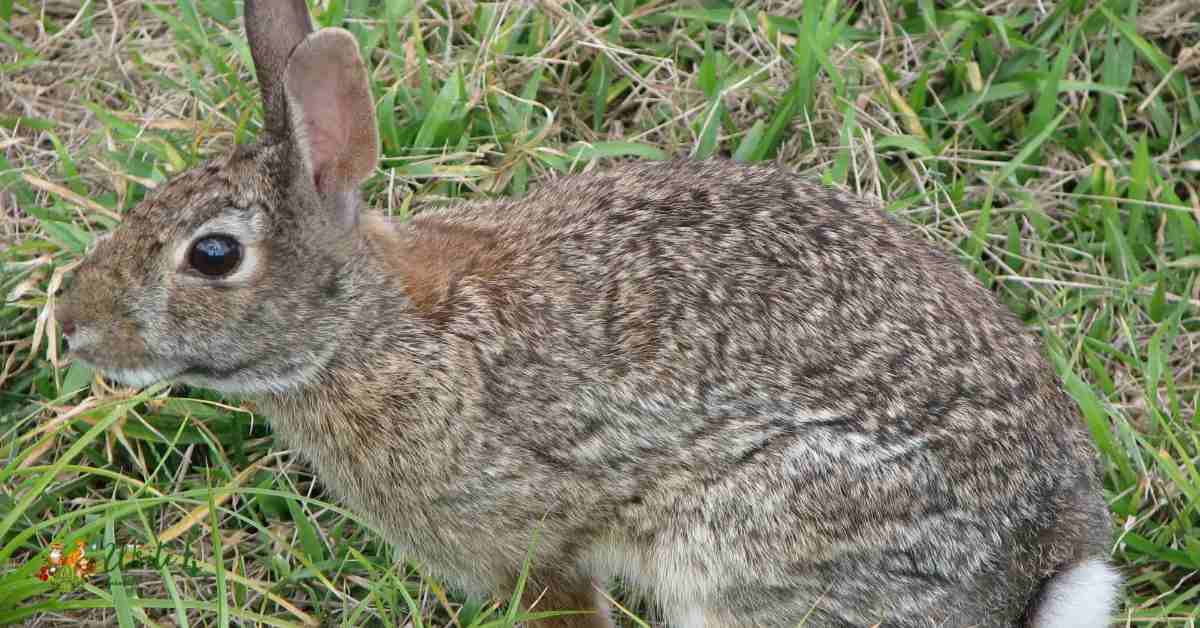
Adapted to a semi-aquatic lifestyle, these rabbits are skilled swimmers, relying on wetland vegetation for both sustenance and shelter.
Marsh Rabbits contribute to nutrient cycling in swamp ecosystems through their feeding habits, shaping the vegetation and influencing the overall landscape.
As inhabitants of the marshlands, these rabbits showcase the diversity of life in swamps, highlighting the adaptability of species in the face of the challenges posed by dynamic and ever-changing wetland environments.
12. Cottonmouth
Among the diverse array of swamp animals, the Cottonmouth, or water moccasin, slithers through the waters of the southeastern United States, its venomous presence shaping the dynamics of swamp ecosystems.
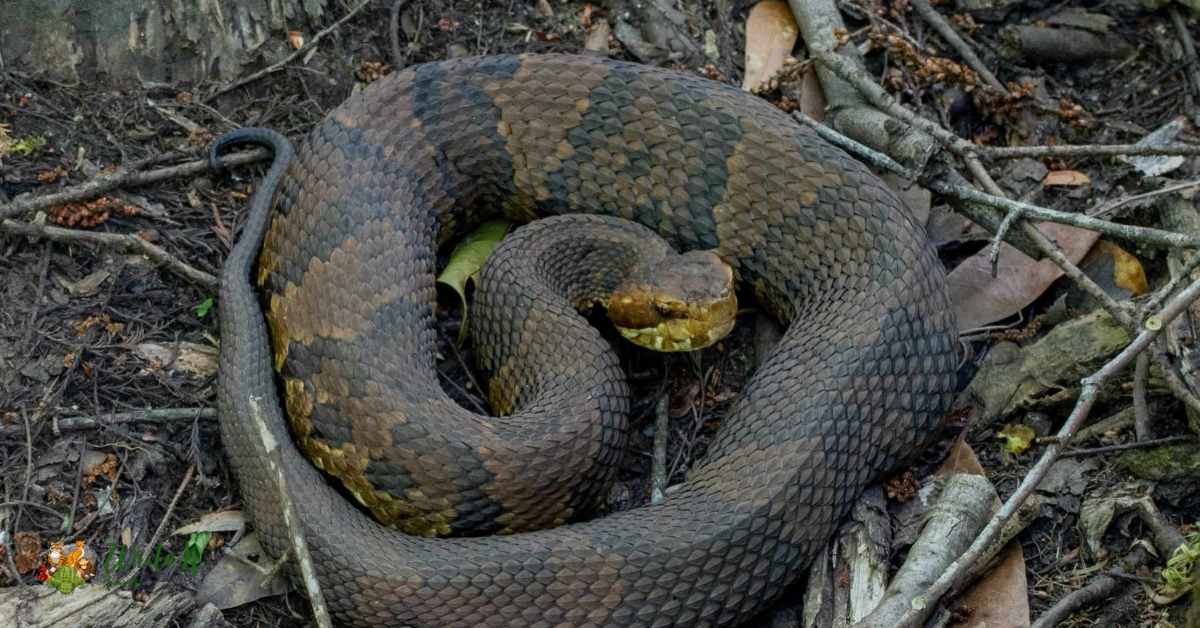
This semi-aquatic pit viper is a top predator, preying on fish, amphibians, and small mammals. While their venomous bite is a defense mechanism, Cottonmouths are essential for controlling the populations of various swamp creatures, preventing overpopulation and promoting biodiversity.
The Cottonmouth’s presence underscores the delicate balance of predator-prey relationships in swamp ecosystems, highlighting the coexistence of danger and necessity within the intricate web of life.
13. Pygmy Fish
In the submerged world of swamp ecosystems, pygmy fish silently navigate the murky waters, contributing to the intricate biodiversity of these wetland habitats.
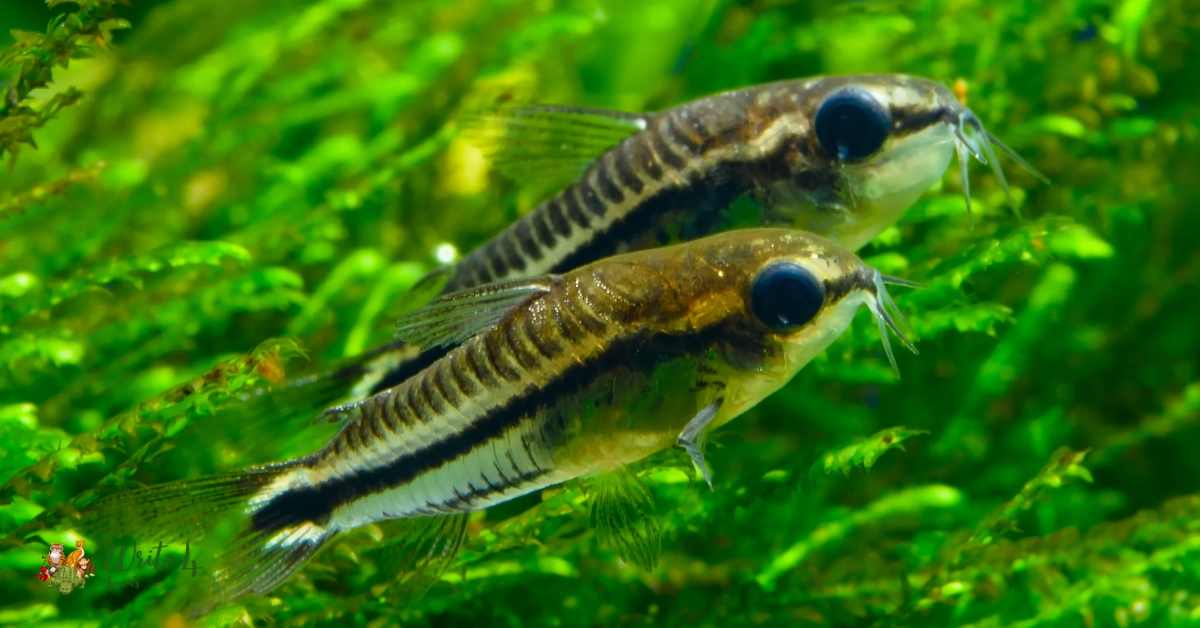
These diminutive aquatic creatures may be small in size, but their significance is immense. As part of the food web, pygmy fish serve as a crucial link between smaller invertebrates and larger predators, contributing to the overall balance of swamp ecosystems.
Their reproductive habits, feeding behaviors, and role as prey exemplify the complexity of life in swamps, where even the tiniest organisms play a pivotal role in sustaining the delicate equilibrium of these dynamic environments.
14. Shoebill
The enigmatic Shoebill, with its distinctive shoe-shaped bill, stands as a majestic sentinel in the swampy landscapes of tropical central Africa.
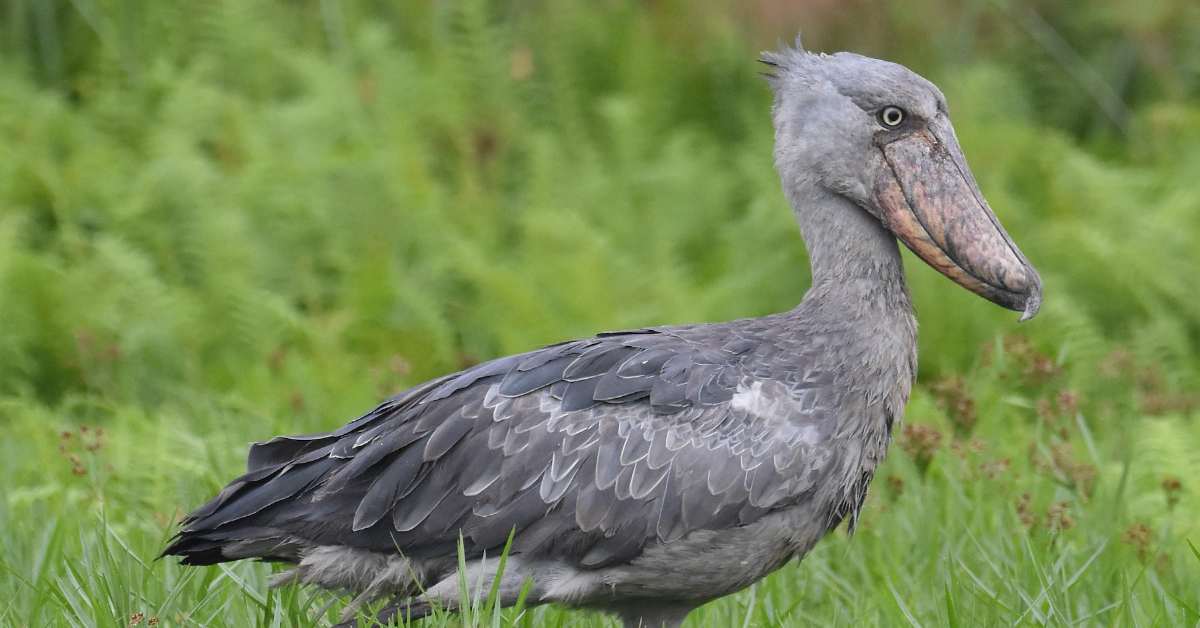
Among swamp animals, this large bird is a symbol of the unique and often mysterious biodiversity found in wetland habitats. With a wingspan that commands attention, the Shoebill is a formidable predator, preying on fish and other aquatic creatures.
Its presence adds a layer of intrigue to swamp ecosystems, showcasing the diversity of avian life and the vital role large birds play in shaping wetland environments.
15. Water Snakes
Various species of water snakes silently slither through the submerged vegetation of swamp ecosystems, embodying the adaptability of serpents to aquatic environments.
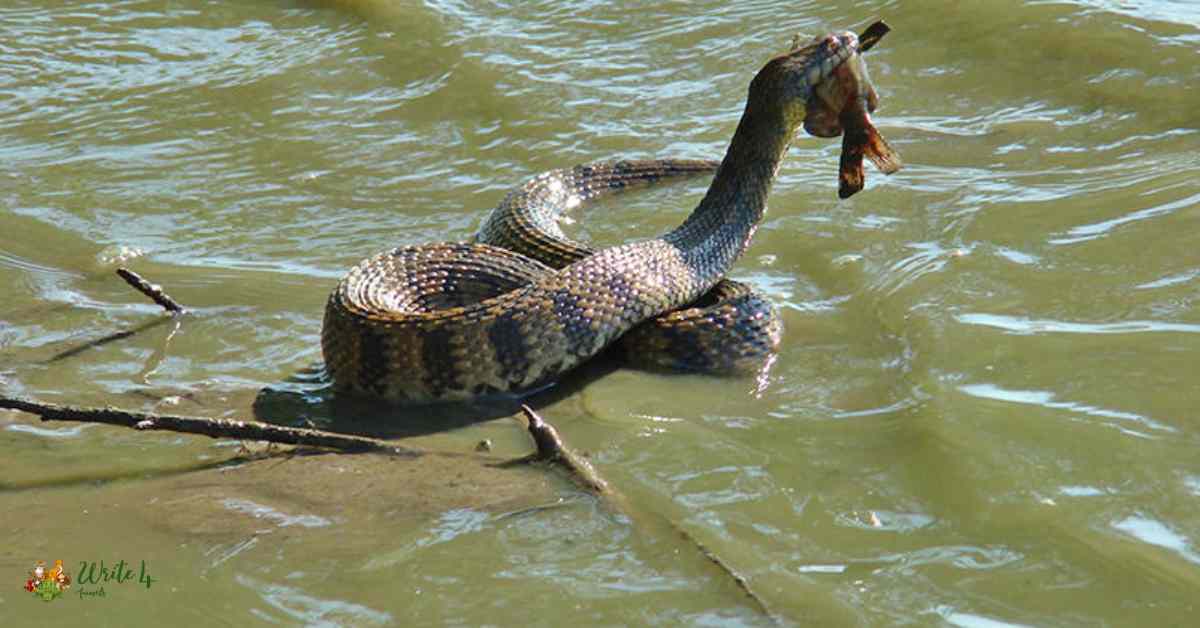
Among swamp animals, water snakes play a crucial role in controlling fish and amphibian populations. Non-venomous yet skilled hunters, these snakes contribute to the intricate food web by preying on smaller aquatic creatures.
Their presence in swamps highlights the diversity of reptilian life in wetland habitats, demonstrating how different species have evolved to thrive in the challenging conditions of constantly changing water levels and dynamic ecosystems.
Water snakes are a testament to the resilience of life in swamps and the importance of maintaining the delicate balance that characterizes these unique and vital ecosystems.
Frequently Asked Questions
What are swamp animals?
Swamp animals are species of flora and fauna that inhabit wetland areas characterized by standing water and waterlogged soil. These diverse ecosystems are home to a wide range of organisms, including reptiles, mammals, birds, insects, and aquatic life, each adapted to thrive in the unique challenges posed by swamp environments.
Why are swamp animals important to the ecosystem?
Swamp animals play crucial roles in maintaining the ecological balance of their habitats. For example, predators like alligators and snakes help control prey populations, preventing overgrowth. Herbivores like hippos influence vegetation patterns, and smaller organisms, such as mosquitoes and pygmy fish, contribute to the intricate food web. The interactions between these species contribute to the overall health and biodiversity of swamp ecosystems.
What adaptations do swamp animals have for their environment?
Swamp animals exhibit various adaptations to thrive in wetland habitats. These adaptations include specialized limbs or appendages for swimming, water-resistant fur or scales, and unique hunting or foraging strategies. Some species, like the Marsh Rabbit, are excellent swimmers, while others, like the Duck-Billed Platypus, have evolved unique features such as webbed feet and bills suited for their semi-aquatic lifestyles.
How do swamp animals contribute to the food chain?
Swamp animals participate in intricate food webs, where each species occupies a specific trophic level. Predators, like alligators and birds of prey, regulate populations of smaller animals. Herbivores, such as hippos and Marsh Rabbits, graze on vegetation, influencing plant growth. Insects like mosquitoes serve as a primary food source for various animals. The interactions between these species create a balanced ecosystem where energy is transferred through different trophic levels.
Are all swamp animals dangerous?
While some swamp animals, like the American Alligator and Cottonmouth snake, may pose potential dangers due to their size or venomous nature, most swamp animals are not inherently threatening to humans. Many play essential roles in maintaining ecological balance and contribute to the overall health of swamp ecosystems. It’s crucial to respect wildlife and exercise caution when navigating swamp environments to minimize potential risks.
Recommended
1. 17 black snakes with white stripes | black and white snake
2. 15 Purple Animals in the World | Animal that is purple
